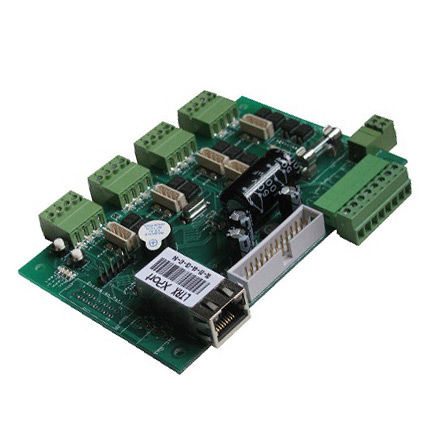

Energy-Efficient Low-E Glass Revolutionizing Modern Architecture
In an age where sustainability is becoming increasingly important, the architectural industry is constantly seeking ways to reduce energy consumption and enhance building performance. One of the most significant advancements in this domain is the development of energy-efficient low-emissivity (Low-E) glass. This innovative material has transformed windows from mere openings that provide light and views into critical components of a building’s energy efficiency strategy.
What is Low-E Glass?
Low-E glass is treated with a thin, transparent coating that reflects heat while allowing natural light to enter. This coating is typically made of metallic oxides, which can be applied to one or more surfaces of the glass. The primary function of Low-E glass is to minimize the amount of infrared and ultraviolet rays that pass through the glass without significantly obstructing visible light. This quality not only enhances comfort within indoor spaces but also contributes to energy savings.
How Does Low-E Glass Work?
The functioning of Low-E glass is deeply rooted in its ability to manage solar heat gain. During warm months, the Low-E coating acts as a barrier, reflecting excess solar radiation away from the building. This reduces the load on air conditioning systems, ultimately leading to lower energy consumption. In colder months, the same coating reflects interior heat back into the building, helping maintain comfortable indoor temperatures and reducing reliance on heating systems. This dual capability makes Low-E glass a valuable asset in regions with diverse climatic conditions.
Energy Efficiency and Environmental Impact
The use of Low-E glass significantly impacts energy efficiency in both residential and commercial buildings. By reducing the need for artificial heating and cooling, buildings equipped with Low-E glass can see their energy costs decrease by as much as 30%-40%. This not only benefits property owners economically but also contributes to a decrease in overall energy demand, aiding in the fight against climate change.

Additionally, the use of Low-E glass contributes to the LEED (Leadership in Energy and Environmental Design) standards, a globally recognized green building certification system. Buildings that incorporate energy-efficient materials such as Low-E glass can earn points toward LEED certification, making them more attractive to environmentally conscious tenants and buyers.
Applications of Low-E Glass
Low-E glass is versatile and can be utilized in various applications, ranging from residential windows to large commercial facades. High-rise buildings benefit significantly from Low-E glass due to the increased exposure to solar radiation. It helps maintain uniform temperatures throughout multi-story structures, enhancing occupant comfort.
In residential settings, Low-E glass is used in windows and sliding doors to prevent condensation and improve energy efficiency. Homeowners can enjoy an unobstructed view of their surroundings while benefiting from lower energy bills. Additionally, Low-E glass can be found in skylights, providing natural light while controlling heat gain.
The Future of Low-E Glass in Architecture
As technology continues to evolve, the future of Low-E glass looks promising. Researchers are exploring new materials and coatings that can enhance the performance of Low-E glass even further. Innovations such as dynamic glass, which can change its tint based on external conditions, are on the horizon. Such advancements may allow buildings to adapt more intelligently to their environments, maximizing energy savings while maintaining aesthetic appeal.
Conclusion
Energy-efficient Low-E glass represents a significant leap forward in building technology, combining functionality with sustainability. By effectively managing solar heat gain and improving insulation, this material aids in reducing energy consumption, lowering utility costs, and promoting environmental stewardship. As architects and builders increasingly prioritize sustainable practices, Low-E glass is set to play a central role in the future of modern architecture, helping to create comfortable, efficient, and eco-friendly living spaces for generations to come. Embracing Low-E glass is not just a choice; it is a commitment to a sustainable future, proving that innovation can harmonize with environmental responsibility.